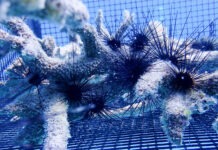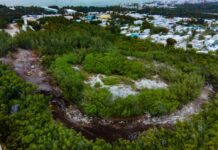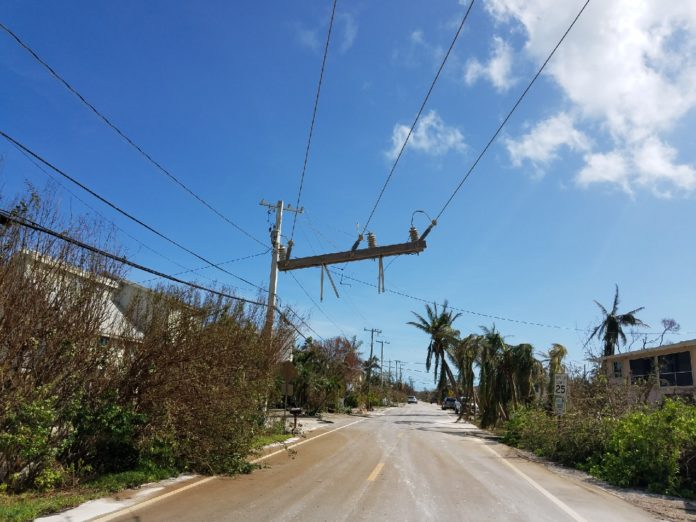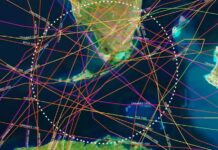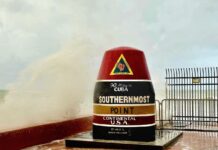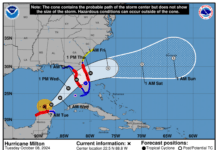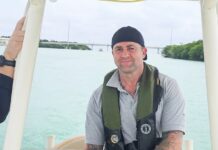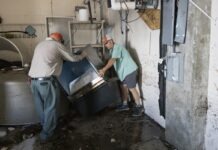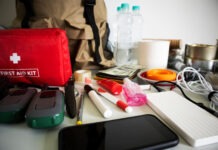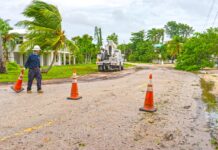Most of the Keys remain closed to residents, Monroe County officials said Wednesday.
“It’s just too dangerous,” said Monroe County administrator Roman Gastesi during a conference call this morning with Keys municipalities and the agencies assisting in the recovery of the Florida Keys.
Utility crews continue to work on bringing essential services back online. Portions of Key West and Stock Island regained power last night and Keys Energy estimates that 7 percent of the customers are back online. There is also intermittent cell service returning to the Lower Keys.
Florida Keys Aquaduct Authority Executive Director Kurt Zuelch said water is flowing from Key Largo to Marathon and that about 30 percent of their customers have water.
“Those people who are not receiving water most likely have broken systems in their yards,” said Zuelch.
FKAA will turn on the water in Key West from 10 a.m. to noon today and again from 5 to 7 p.m. The water is not safe for drinking and should be boiled or sanitized for consumption. The FKAA also urged residents to use the water only for sanitization purposes. Residents should not be using the water to wash cars or boats.
More from the conference call:
- FEMA Director Brock Long will be visiting the Florida Keys today and will hold a press conference at the Marathon EOC at 3 p.m.
- 31 Air Force personnel arrived in Key West last night to control the inbound and outboard military aircraft.
- Monroe County is attempting to estimate the total number of residents who did not evacuate. Key West City Manager Jim Scholl reports 8,000. The cities of Layton and Key Colony Beach reported 20 each. Islamorada Fire Chief Terry Able said there were 750 homes with occupants. Marathon Councilman John Bartus could not give an estimate at this time.
- The availability of fuel continues to be an issue from Marathon through Key West.
- FKEC has 40 crews working on the side roads and will continue to do so until power is restored. Assets will also be shifted to the Lower Keys to assist with Keys Energy efforts in the Lower Keys where Hurricane Irma’s eyewall caused the most destruction.








